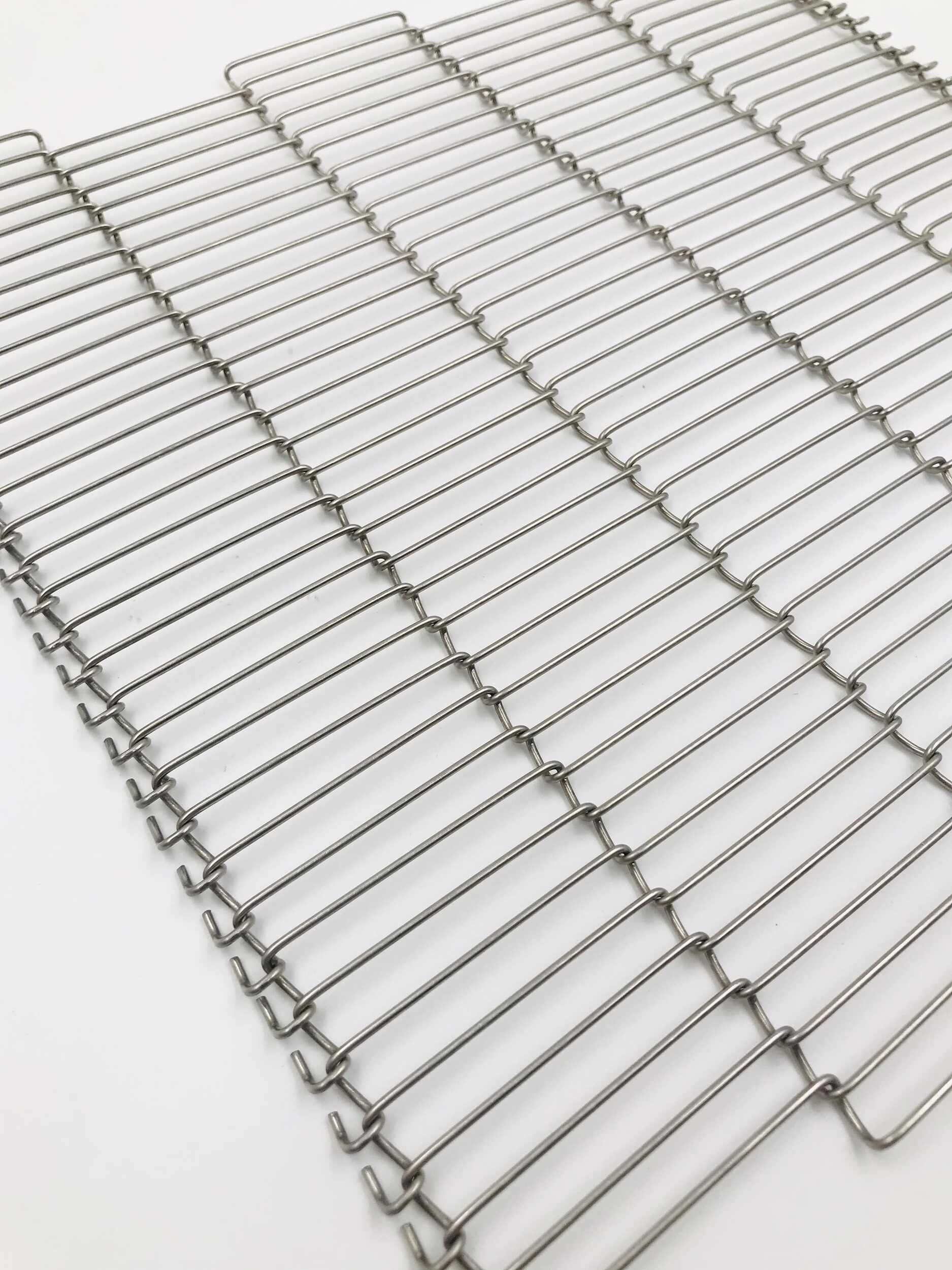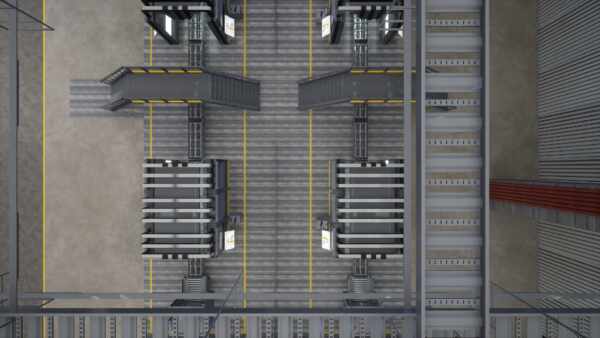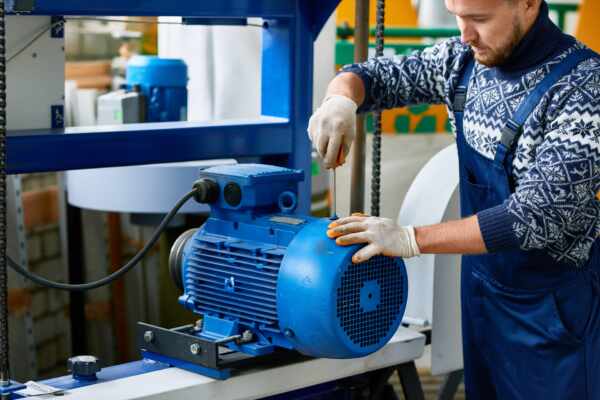Selecting the right conveyor belt is a critical decision for food manufacturing operations. The ideal conveyor belt system should meet the unique requirements of the manufacturing process while adhering to stringent food safety standards. With a vast array of conveyor belt types, materials, and configurations available, understanding the essential factors to consider can help you make an informed choice that not only streamlines your operation but also safeguards your reputation in the highly competitive food manufacturing landscape.
In this article, we will provide a comprehensive guide to choosing the right conveyor belt system for your food manufacturing operation. Learn how to navigate the different conveyor belt types, materials, and designs, evaluate their advantages and drawbacks, and consider factors such as durability, hygiene, maintenance, and compatibility with your existing infrastructure. By evaluating your specific needs and weighing your options carefully, you can select a conveyor belt system that ensures optimal efficiency, hygiene, and food safety compliance, setting your operation on a path to success.
Understanding Different Conveyor Belt Types
When selecting the ideal conveyor belt for your food manufacturing operation, it’s essential to understand the various types available and their specific applications. Some common conveyor belt types include:
1. Flat Belt Conveyors: Flat belt conveyors use a continuous loop of material and are suited for transferring products across flat surfaces or gentle inclines. They are common in food manufacturing due to their versatile nature and ease of cleaning.
2. Modular Plastic Belt Conveyors: These conveyors use interlocking plastic sections that create a strong and durable belt. Modular conveyor belts are easy to clean, resist corrosion and wear, and are well-suited for a variety of food production applications.
3. Wire Mesh Belt Conveyors: Made from durable steel wires, wire mesh belts are ideal for applications that require high temperatures or exposure to water, steam, or chemicals. They facilitate air circulation and drainage, making them suitable for use in industrial food manufacturing processes.
4. Cleated Belt Conveyors: Featuring vertical barriers or cleats on the belt surface, these conveyors efficiently move bulk materials, such as powders, granules, and other small particles, at inclined angles.
Evaluating Conveyor Belt Materials
Choosing the right material for your food manufacturing conveyor belt is crucial for ensuring optimal performance and compliance with food safety regulations. Consider the following factors when selecting your conveyor belt material:
1. Food-Grade Compliance: Select materials that meet food-grade requirements and comply with industry standards such as FDA and EU regulations.
2. Durability and Resistance: Choose materials that are resistant to wear and can withstand daily operations, including exposure to chemicals, moisture, or extreme temperatures.
3. Ease of Cleaning: Opt for materials that can be efficiently cleaned and sanitised, reducing the risk of bacterial growth and cross-contamination.
4. Friction and Traction: Consider materials that provide adequate friction to hold products in place during transportation while enabling easy movement through the manufacturing process.
Design Considerations for Conveyor Belt Systems
When designing your food manufacturing conveyor belt system, consider the following design aspects:
1. System Layout: Plan a layout that maximises space utilisation, facilitates smooth product flow, and allows for easy maintenance and cleaning access. Take into account directional changes or elevation transitions to maintain the seamless product journey.
2. Hygienic Design: Cater to food safety requirements by implementing design features that promote cleanliness, such as minimal seams, adequate drainage systems, and easy-to-clean surfaces.
3. Scalability and Modularity: Design your conveyor belt system for potential expansion or alterations as your production demands change. Utilise modular components that enable easy modifications or additions as required.
4. Compatibility with Existing Infrastructure: Ensure that the selected conveyor belt system integrates seamlessly with your existing manufacturing processes and meets future production requirements.
Maintaining and Operating Your Conveyor Belt System
Once you have selected the ideal conveyor belt system, it is essential to implement practices that ensure optimal performance, efficiency, and hygiene:
1. Routine Maintenance: Conduct regular maintenance and cleaning schedules to minimise equipment wear, prolong system life, and ensure compliance with food safety standards.
2. Preventive Measures: Analyse and identify areas where breakdowns or issues may occur, and implement preventive measures to minimise potential disruptions.
3. Employee Training: Train employees in the proper operation, cleaning, and maintenance of the conveyor belt system to ensure efficiency and compliance with food safety regulations.
4. Continuous Improvement: Monitor your conveyor belt system’s performance and identify areas for improvement, making necessary adjustments as needed.
Conclusion
Choosing the right conveyor belt system for your food manufacturing operation requires meticulous planning and evaluation of various factors. By understanding the different conveyor belt types, materials, and designs available, you can make informed decisions that balance efficiency, hygiene, food safety compliance, and cost-effectiveness. Investing in a conveyor belt system that meets your operation’s unique needs and industry standards will contribute to your food manufacturing business’s ongoing success and competitiveness.
Trust the experts at Change Parts Pty Ltd to help you navigate the selection of your food manufacturing conveyor belts. Our knowledgeable team is dedicated to providing tailored, efficient, and food-safe solutions that align with your operation’s unique needs.




